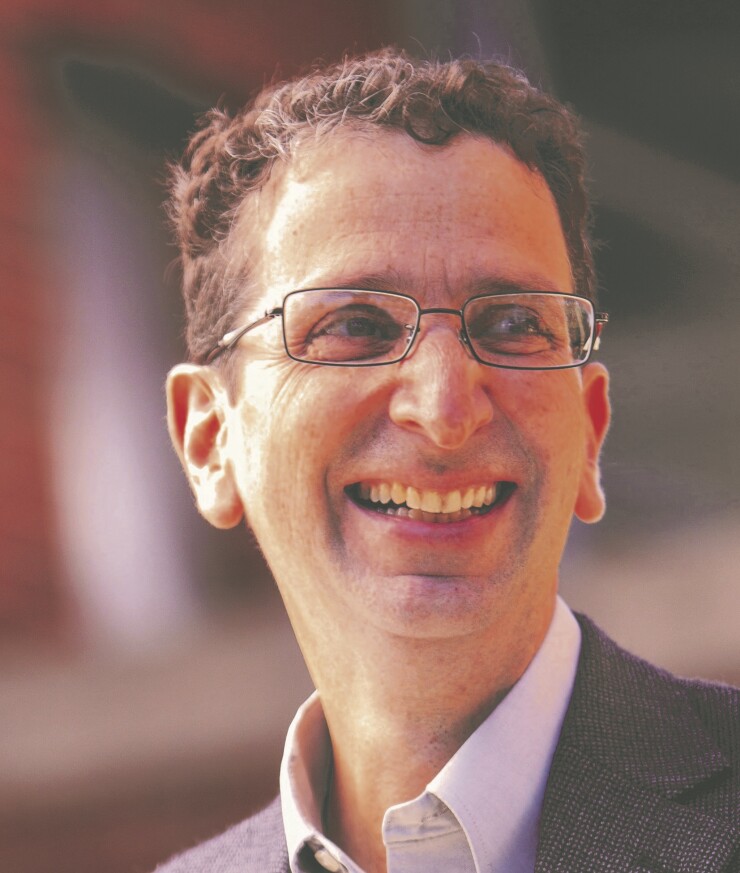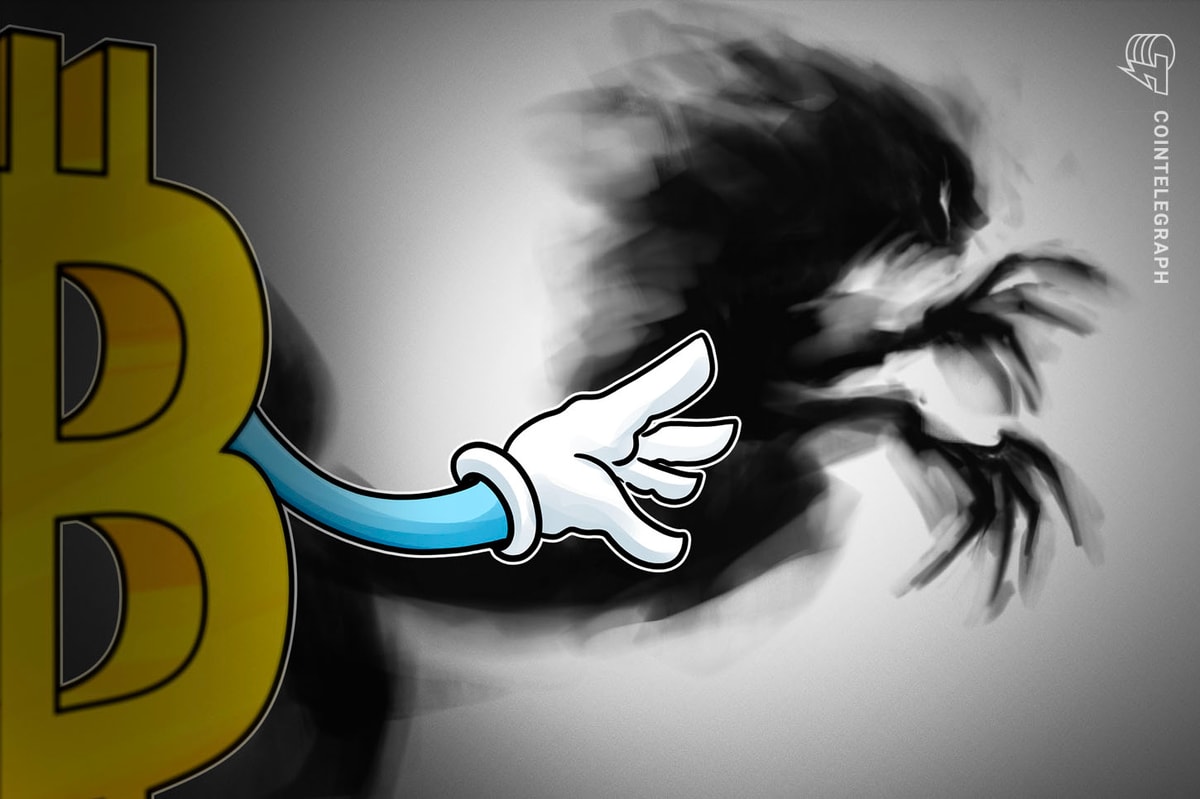Hochul delivers blow to congestion pricing, but it’s not knocked out
5 min read

New York’s
But advocates say with the right political champion, the concept of charging a toll to enter busy districts remains an attainable and practical option amid ever-worsening congestion and post-pandemic struggles of transit agencies.
“These programs are always widely unpopular before implementation and without the leadership they will get killed pretty easily,” said Joshua Schank, a partner at InfraStrategies and senior fellow at the UCLA Institute for Transportation Studies. “Political leadership is the number one ingredient.”
Schank noted that New York has been pursuing the program through what some have dubbed “the valley of political death” for decades. “Why does New York keep returning to it? Because if you don’t do it, you just go down this road of more and more traffic and an unsustainable city.”
New York Democratic Gov. Kathy Hochul’s last-minute decision June 5 to “indefinitely pause” the Central Business District Tolling Program, which starting Sunday would have charged most drivers $15 to enter Manhattan below 60th Street, put on ice what was to be the first such plan in the U.S. The program was expected to generate $1 billion annually that would fund the New York Metropolitan Transportation Authority’s capital needs.
Philip Plotch
While the concept of tolled express highway lanes is well established in the U.S., charging a fee for access to an entire area remains untested. Globally, the cities of London, Singapore, Milan and Stockholm have successfully introduced the programs. London, for example, which introduced fees in 2003, charges roughly $19 to enter a 13-mile urban zone between 7 a.m. and 6 p.m. on weekdays and 12 p.m. to 6 p.m. on weekends and holidays. Most vehicles also need to meet the city’s “Ultra-Low Emission Zone” standards or pay an extra $16 daily charge.
New York’s plan was considered groundbreaking for other cities in the U.S. that are mulling, to various degrees, similar plans.
In Illinois, planning groups tasked with tackling regional transit’s fiscal cliff
“Congestion pricing was ruled out really fast,” said Plotch. “There was concern about the vulnerability of downtown Chicago, that fewer people are coming in, and that this could just hurt it even more.”
The famously congested
Traffic in Los Angeles is “back to worse than pre-COVID and transit ridership is not,” he said. “I think people realize this is a tremendous challenge and something needs to be done about it.”
An LA Metro spokesperson said that the Metro Traffic Reduction Study team had “followed planning for congestion pricing in New York City and looked forward to learning lessons from its implementation. But Metro’s study is in an earlier stage, addresses Los Angeles’ unique traffic and transportation landscape, and is not directly impacted by recent events in New York.”
The agency does not yet have a timeline for release of a long-planned study that was set to be made public last summer, the spokesperson said.
To succeed, congestion pricing needs a political champion who’s able to navigate the polarizing environment, said Plotch, who wrote “Last Subway: The Long Wait for the Next Train in New York,” about the Second Avenue Subway saga.
“You have to be pretty bold and pretty fearless to get in front of a project like congestion pricing,” said Plotch, who wrote an
Hochul was one of the few governors who openly championed the idea, until she didn’t. In Massachusetts, Democratic Gov. Maura Healey, who has
In Oregon, Democratic Gov. Tina Kotek in February ordered the state Department of Transportation to stop work on its Regional Mobility Pricing Project, which would have imposed a per-mile fee on Portland-area freeways, and delay work on other Oregon tolling programs.
“I fully appreciate that canceling and delaying alternative funding tools will only make our challenges greater in the near term, but I am confident that a more robust conversation on funding options will yield greater understanding and direction for our future moving forward,” Kotek said in a
Meanwhile, the problem of car-clogged cities is worsening, according to the latest
And at a Thursday board meeting, the first since Hochul’s decision, the MTA said the lack of expected revenue would require the agency to chop $16.5 billion from its $51.5 billion capital plan. Among other projects, the board will halt the $7.7 billion Second Avenue Subway extension —
The twin pressures of congestion and transit needs mean a likely return of the program at some point in the future, Plotch said.
“There is benefit after benefit for this,” Plotch said. “I think it’s inevitable in New York, it’s just a question of when.”







